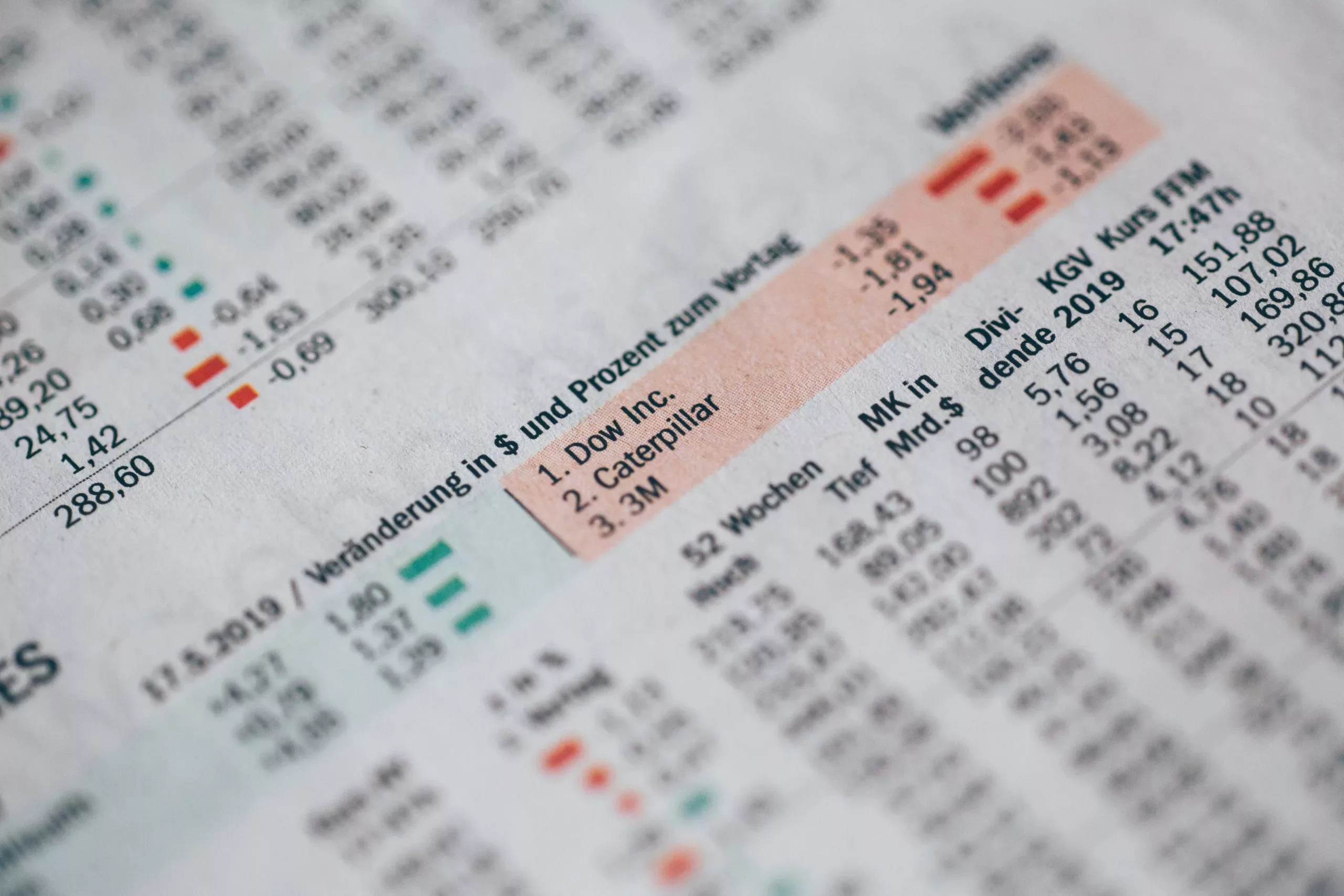
So, you want to launch an employee influencer program into your company, and you are now faced with the task of putting together a business case, and approaching your senior management in the hopes of getting it signed off.
Employee influence is on the rise as social media influencers begin to lose traction in influencer marketing. In most instances, the people who are most knowledgeable about your industry, and most influential in the field, are your employees.
By the end of this article, you should have a clear understanding of what employee influencers and an employee influencer platform are, and will have a clear understanding of how to measure ROI for your own program.
The Business Case for Employee Influencers
What are Employee Influencers?
Employee influencers are highly influential employees within your business, who have been empowered and incentivized to create company-related content on behalf of your organization. Employee influencers also advocate for your brand on social media, helping both your original and crowdsourced content drive maximum reach and engagement.
What is an Employee Influencer platform?
An employee influencer program provides guidelines, resources, and rewards. It standardizes how employees share brand content and makes it easier for them to do so by incorporating a social media format.
An employee influencer platform is something of a digital social hub, similar to a social media site, where employees can come to create, locate, and engage with your company content. A platform provides guidelines, gamification, and support that makes it easier for them to do so.
Why Should You Care?
With the ever-growing prominence of social media, tapping into employees’ social networks should be considered by companies of all sizes. As with influencer marketing, companies are drawing on their employees to create content and leveraging the power of their employees’ followings to further their reach more organically.
There are an abundance of benefits of an employee influencer program, but the five key benefits are amplified content marketing; crowdsourcing content; maximized social selling; heightened employer brand; and employee empowerment.

Amplified Content Marketing
As a department, your marketing team will spend countless hours putting together great content to be shared on social media. Doesn’t it make sense to give it the reach it deserves?
An employee influencer platform allows you to tap into your number one asset – your employees, to garner more reach and engagement on your content. LinkedIn reports that when employees share, they make double the impact of your brand marketing with an average click-through rate that is twice that of their company.
MSL Group reports that brand messages are shared 24x more frequently when shared by employees. This is likely because 84% of consumers value recommendations from friends and family above all forms of advertising, while 77% say they are more likely to purchase after hearing about it from someone they trust.
LinkedIn also tells us that in 2019, just 3% of employees share company content onto their LinkedIn pages, but these posts alone drive a 30% increase in engagement. The average percentage of employees that sign up to an employee influencer platform is somewhere between 20-30%. When correctly implemented, there’s vast potential to expand this organic reach.
DSMN8 has also observed that, when compared with alternative tactics, the quality of employees’ networks tends to drive better quality metrics such as high dwell time and low exit rates.

Maximize Social Selling
In the ever-evolving field of sales, you’ve probably seen the term ‘social selling’ floating around. Social selling is effectively harnessing the power of social media to listen to, engage with, and build rapport with prospective clients, ensuring that you are the first person that comes to mind when a prospect is ready to buy.
An employee influencer program is brilliantly useful in maximizing your employees’ social selling capabilities. By sharing your company content, they are visibly exercising their knowledge of your company to their networks. In doing so, they are establishing themselves as industry experts in the eyes of their prospects.
Creating company content is another fantastic way for your employees to be recognized as thought leaders in your industry. Influencer platforms often allow employees to do this by writing blogs, taking photos at events, and creating videos, among other things.
Here are some social selling statistics to consider:
- 92% of B2B buyers are willing to engage with a sales professional who is a known industry thought leader (LinkedIn)
- 63.4% of Social sellers reported an increase in company sales revenue (SalesforLife)
- There are 45% more sales opportunities on social media (LinkedIn)

Crowdsource Content
Employee influence is a great way to crowdsource quality content, which will save on both time and costs. It’s no secret that companies and even customers use social media to find out more about your organization and your company culture.
Most companies rely on their social media manager to take pictures and videos, but naturally, they can’t be everywhere at once.
Having a great blog is vital to boosting your SEO ranking, and also helps strengthen and develop relationships with existing customers. However, creating authentic content at scale has always been a challenge for organizations big and small, as often freelance writers are brought in who simply don’t know the company/industry well enough to add value. Content creation tools are great for crowdsourcing authentic content from your employees.
Employee Influencer platforms allow employees to capture and/or submit those special moments within your organization, and provide a more authentic snapshot of what it’s like to work within the company. You may have influencers within your company who are already using social media to document life at your company. An influencer platform gives them a chance to feature and be credited on company pages.
The reason these tools are so effective is that they’re beneficial for both the employer and the employee. As an employer, you’re getting high-quality authentic content that you can share, whilst the employee will be gradually building their personal brand and garnering a reputation as an industry expert. In a recent report, Edelman found that 82% of buyers say thought leadership had increased their trust in an organization.
Empowering your employees by allowing them to create content on behalf of your company gives employees a sense of responsibility, it creates a sense of belonging and builds on company culture.

Employee Influence Benefits Your Employer Brand
Employer branding has never been more relevant than in the age of social media. Every successful company will have accounts on most major social networks that allow them to display their company culture, and there’s no better or more organic way to showcase your company culture than through your employees.
Positive employer branding helps both attract and retain quality employees, who are crucial to the success and growth of the business. It’s also essential for how customers and prospects view your company.

Employee Empowerment
As mentioned, an employee influencer platform will bring a wide range of hugely impactful benefits to your business. However, companies seldom consider the benefits a program can have for your employees, as a platform will do just as much for them as it will the business.
We’ve already discussed social selling, but a program can have hugely noteworthy benefits for all employees, and not just those who work in sales.
The introduction of an all-in-one influencer platform with clear guidelines on social media use will relieve any anxiety employees may feel around sharing company content. Empower employees by actively encouraging them to share and create content on behalf of the brand by offering the knowledge, and know-how, all on one easy-to-navigate company-managed platform.
An exceptional example of this is Swiss-based training consultancy company Krauthammer, who launched a program with DSMN8 back in 2017. Krauthammer let go of any legacy fears in regards to employees sharing content publicly. Realizing that the opportunities far outweighed any risks. Managing this by introducing clear guidelines and internal program owners who could support sales consultants queries. Providing support to employees every step of the way. Check out the full case study.

Measuring ROI
It can be challenging to measure the ROI potential of an employee influencer platform, as its success can be entirely dependent on various factors. In fact, most companies will see ROI from an employee influencer program within a month of implementation. Don’t just take our word for it, let’s take a look at the numbers.
Let’s say that your company has 100,000 followers on LinkedIn, and 20,000 listed employees on the site.
Statistics tell us that the average person on LinkedIn has 1,180 connections. We’ll call the sum of all connections (the brand’s followers plus all employees connections) the Total Possible Reach (TPR). On LinkedIn alone, the TPR for your company would be 3.2 million (that’s 32x your existing follower count).
Now, let’s say that of those 20,000 employees, 300 have posted to LinkedIn in the last 30 days (that’s just 1.5%).
Assuming each employee has an average connection count of 1,180 (without even considering other major networks), your company’s total possible reach (TPR) would be a whopping 23,600,000… Okay, now pinch yourself. No, the numbers don’t lie!
Find out your company’s TPR with our innovative Employee Influencers Reach Calculator.
Companies leveraging the power of their employees as influencers tend to have 20-30% of their employees engaging with their employee influencer platform. According to DSMN8 data, the average user shares 2.2 pieces of company content per week, and averages an impressive 5 clicks per share.
But let’s say only an additional 10% of your employees (2000 employees) share 10 pieces (2 per week) of company content per month (20,000 shares), and each generates a conservative average of 5 clicks per share, that would total 100,000 clicks per month, which equates to 1.2 million clicks per year…
Stay with us.
If you’ve dealt with social media advertising in the past, you’ll be familiar with cost per click. Imagine how much that amount of clicks would eat into precious budget! Let’s put it on paper (so to speak), in order to be as transparent as possible.
With LinkedIn ads, the average cost per click ranges between $4-7. To be as fair as possible, let’s say you began a campaign when LinkedIn was offering $4 per click. The 100,000 clicks you generated in one month through your influencer platform would have cost your company a cool $400,000.
Now, using DSMN8’s data, the average cost per click from an Employee Influencer program would be somewhere between $0.35 to $0.90. This gives you a comparative cost per click that is 88% cheaper than the LinkedIn alternative.
We may be slightly biased, but this seems to us to be something of a “no brainer”.
Measure what your ROI could be from employee influencers using our new ROI Calculator.
Ultimately, an employee influencer program will do much more than just expand your reach.
It will: save costs on and improve the hiring process; develop your employer brand; maximize employees’ ability to social sell; empower your employees to create and share; expand your pool of content contributors; and inundate you with content.
Is now the time to pitch the idea to senior management? We certainly think so!
Ready to get started with employee advocacy?
Prefer to speak with us first?
No problem.
Schedule a call with one of the team.
Lewis Gray
Senior Marketing Manager and Employee Advocacy Program Manager at DSMN8. Lewis specialises in content strategy, growing brand visibility and generating inbound leads. His background in Sales lends itself well to demand generation in the B2B niche.


